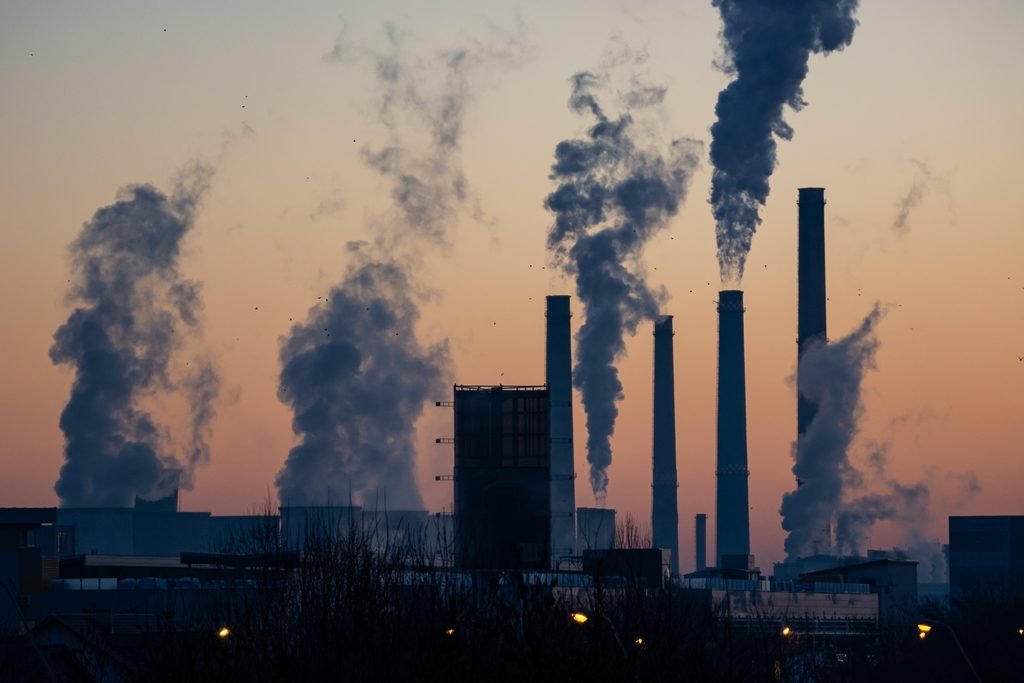Request a Demo
Trusted by leading brands, retailers, manufacturers and service providers across industries such as:
















Climate change is an existential threat to our way of life, with carbon dioxide emissions being the biggest contributor to a warming planet. Global supply chains produce large amounts of carbon—from CO2 created during manufacturing, through fossil fuels burned in transportation, to emissions from storage and distribution.
Governments and major corporations are taking notice. We’re seeing an increasing focus on legislation and enforcement, and major commitments from industry leaders to significantly reduce greenhouse gasses. Consumers are paying attention too. Activists are highlighting businesses and sectors contributing to climate change and encouraging consumers to boycott the worst offenders—customers are figuring environmental impact into their purchasing decisions.
As a business that relies on the supply chain, you need a strategy to deal with carbon emissions. From tracking the size of your carbon footprint to reducing the impact, taking action now is critical. We’ll briefly cover the overall impact of climate change, then focus on CO2 in the supply chain, laws and corporate commitments, and what you can do to sniff out and reduce your own carbon footprint.
It’s time to up your Green Supply Chain Management (GCSM) game.
The carbon cycle has existed for millions of years, with life on earth naturally producing and absorbing CO2. Unfortunately, we started to tip the scales in the industrial revolution—burning fossil fuels that pump CO2 into the atmosphere faster than it can be recaptured. This increase in greenhouse gasses results in higher temperatures that have knock-on impacts—extreme weather, loss of productive land, climate refugees, increased economic disruption, and many other issues.
The last time carbon emissions were as high as they are now was over 3 million years ago when the world was several degrees warmer. Scientists know that back then this was due to increased volcanic and other activities and that now it’s due to human causes.
Although 2020 saw lower overall carbon emissions due to reduced demand caused by the pandemic, the overall, long-term trend shows we still need to do more. As a species, we must take action, and businesses need to lead in reducing CO2 output and the carbon footprint.
“The typical consumer company’s supply chain creates far greater social and environmental costs than its own operations, accounting for more than 80 percent of greenhouse-gas emissions and more than 90 percent of the impact on air, land, water, biodiversity, and geological resources.” — McKinsey: Starting at the source: Sustainability in supply chains.
Supply chains aren’t just contributors to the carbon footprint of sourcing, manufacturing, and distributing products, they’re the main cause. According to a McKinsey report on consumer packaged goods (CPG) companies, more than 80 percent of the overall emissions come from getting a product from the source to the end customer as part of the supply chain.
To meet climate targets, CPG supply chains must:
Although CPG businesses will likely be impacted the most, the overall supply chain industry must also step up:
Data shows that the majority of CO2 emissions overall comes from:
The need to substantially reduce emissions is being driven by legislation and wanting to keep up in a competitive marketplace.
There are multiple agreements and pieces of legislation around the world aimed at limiting CO2 production. Some of the main ones include:
We’ll also see new legislation come into effect, from individual states in the U.S. to new laws in China and standards in other parts of the world. Whether it’s a carbon tax, cap, and trade, or other methods, the need to reduce greenhouse gasses is a major driver for a new policy.
Industry leaders recognize that carbon emissions and climate change aren’t just bad for the planet, they’re bad for business. With consumer perspectives evolving, and climate change regulations in place, more and more industry leaders are committing to reducing their emissions.
Forbes has an extensive list of other companies and countries making commitments to reduce carbon emissions even further.
This makes sense, as reducing the carbon footprint provides a competitive and marketplace advantage in several ways:
“More than three-quarters of the greenhouse gas (GHG) emissions associated with many industry sectors come from their supply chains. For that reason, a growing number of leading companies
are engaging their suppliers in managing GHG emissions. Over the past few years, these companies have incorporated systems for reducing GHG emissions into their own business practices and are now seeking ways to drive down emissions beyond their own operations.” — Environmental Protection Agency: Managing Supply Chain Greenhouse Gas Emissions.
Wherever you’re positioned in the supply chain, there are actions you can take now to understand your carbon footprint and bring it down:
Whether you’re a supplier, manufacturer, logistics provider, retailer, or brand, you’re involved in multiple complex supply chains. If you’re serious about reducing your CO2 emissions, you need to get the greatest amount of reduction in carbon for your investments in clean and renewable approaches.
This means mapping out your place in the supply chain, so you can make centralized changes that can apply across multiple networks. Identity your upstream and downstream partners, including the various handoffs and use this as a starting point.
Now that you understand your position in the supply chain, you need to figure out where the highest carbon emissions are coming from. Conduct an environmental audit of the supply chain, starting with how your business operates and moving on to your partners and the end-to-end network. This will help you identify key sources of CO2, which might include:
Once you know the biggest emissions contributors, you will need to measure and track the data. Establish ways to understand how much CO2 is being produced. This might be through well-educated estimates, or much more accurate – through active monitoring.
You can then store this emissions data in a centralized platform, allowing you to analyze improvements and changes over time, including detailed data analysis. In particular, you’ll want to look for:
Of course, carbon reduction efforts need to start within your own business. Although controlling carbon emissions will vary widely by your business niche, some areas to consider include:
Reducing emissions in your own business is an excellent starting point, but you can also use your examples to influence upstream and downstream supply chain partners. We found this paper from the Environmental Protection Agency to provide a solid and comprehensive approach to persuading suppliers to be very useful.
Ultimately, tracking and analyzing your own carbon emissions data, and taking solid steps to reduce your carbon footprint are critical. Not only will you meet regulations, but you’ll also position your business to compete better, enhance your reputation with consumers, and can act as a leader in your space.
Topo allows you to capture all of your supply chain information in one place, making it easy to track, analyse, and report on the things that matter.